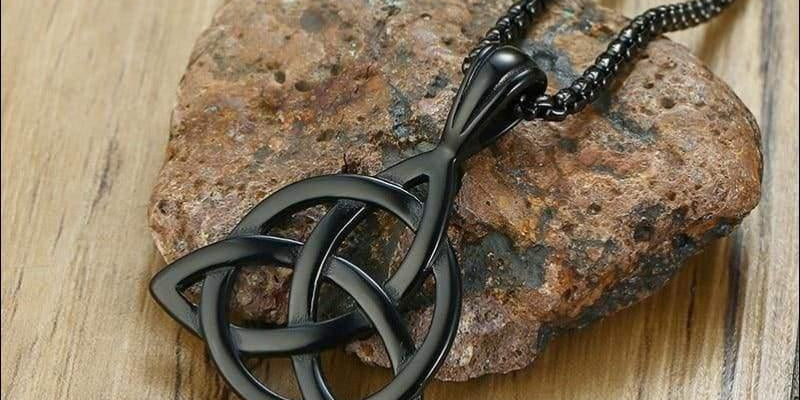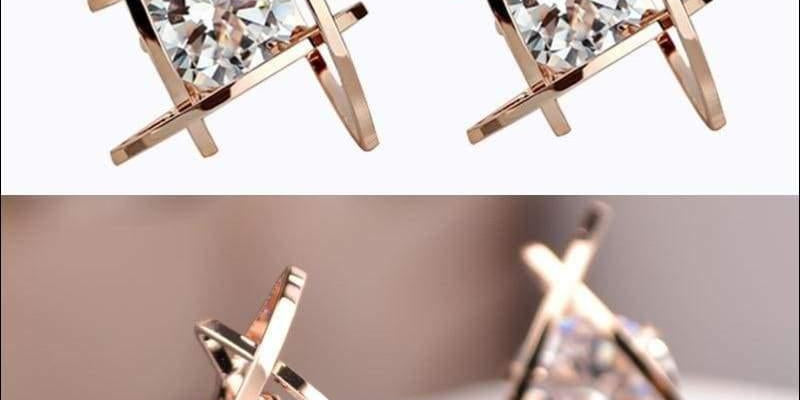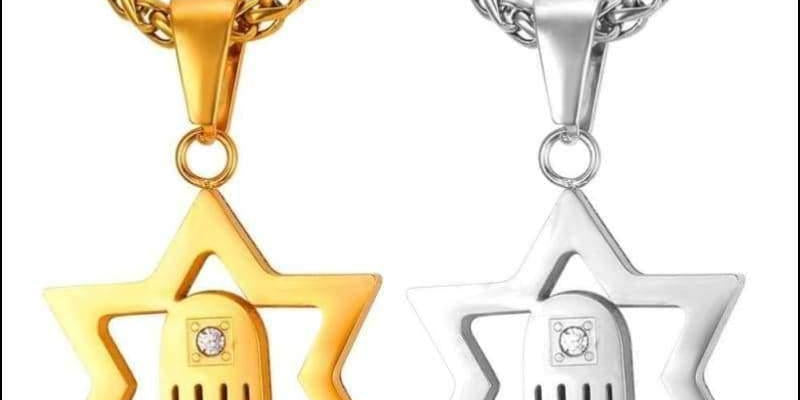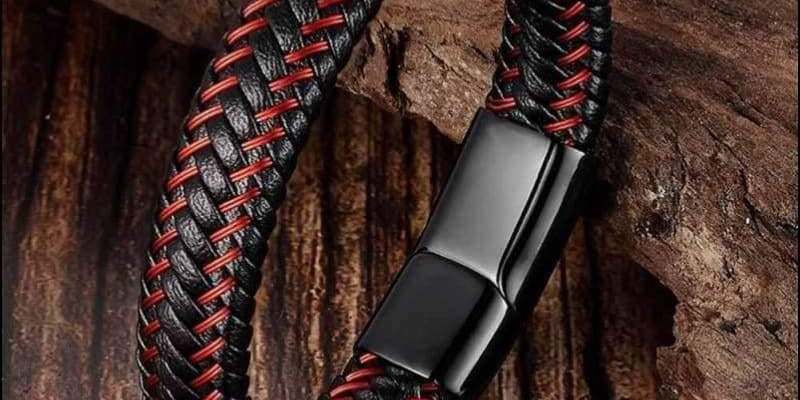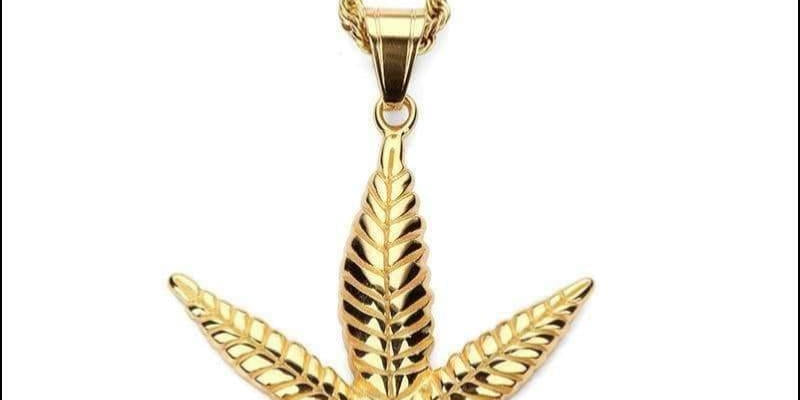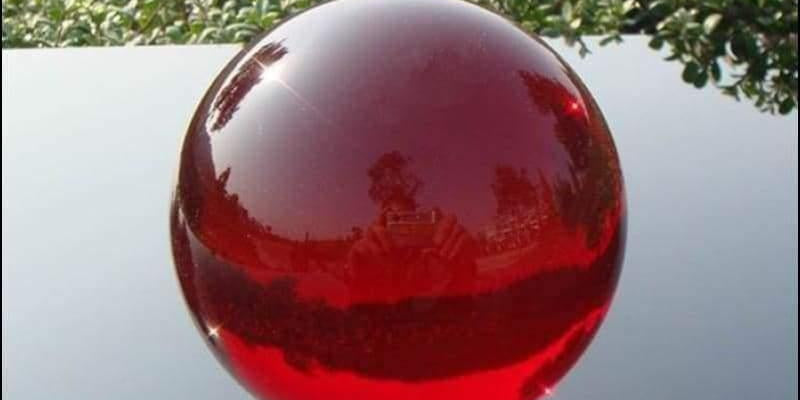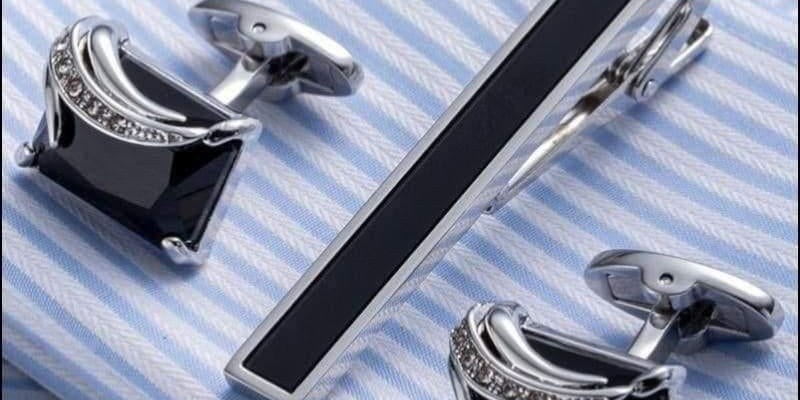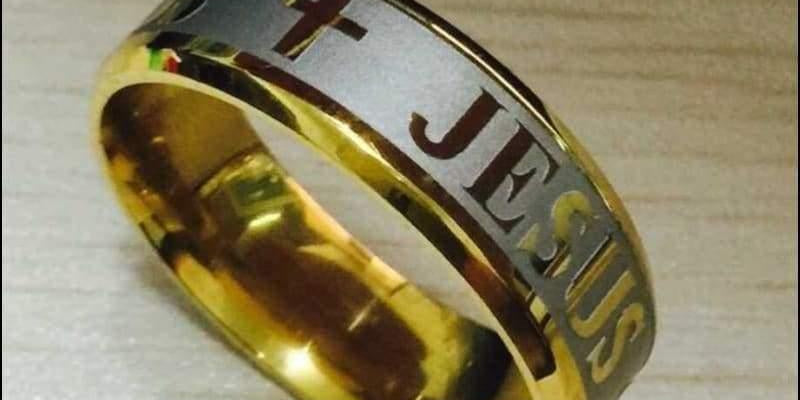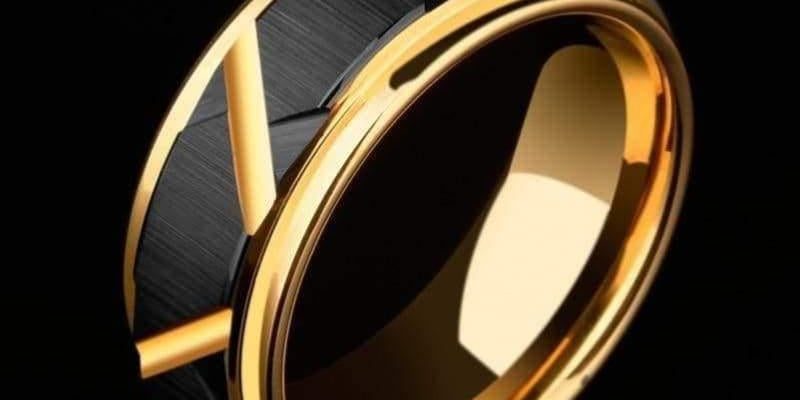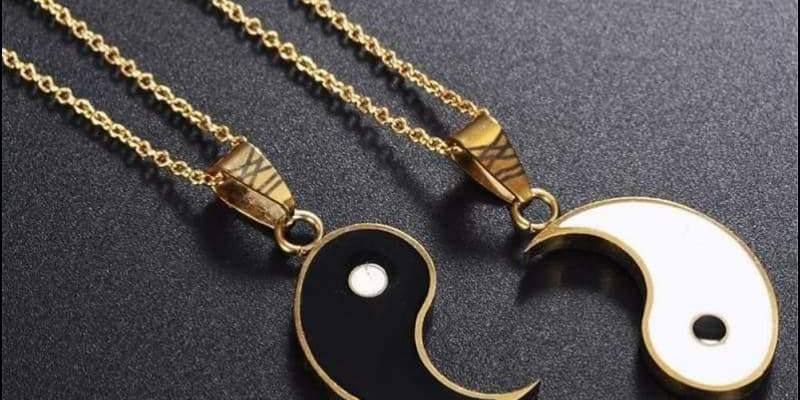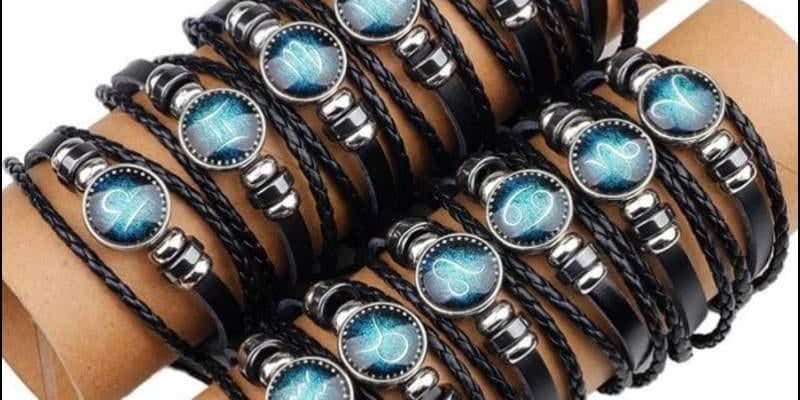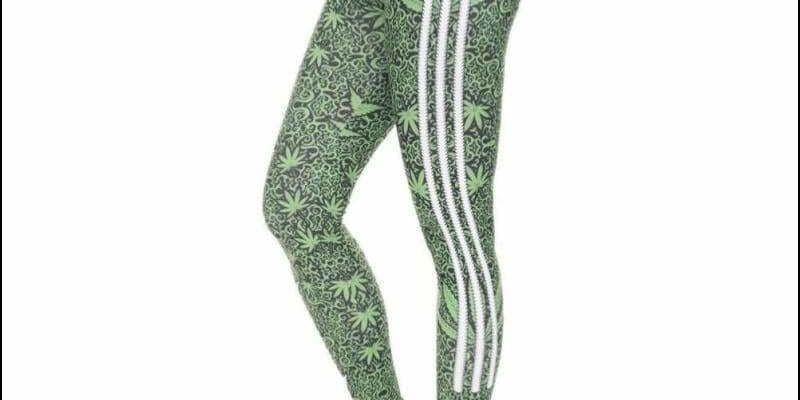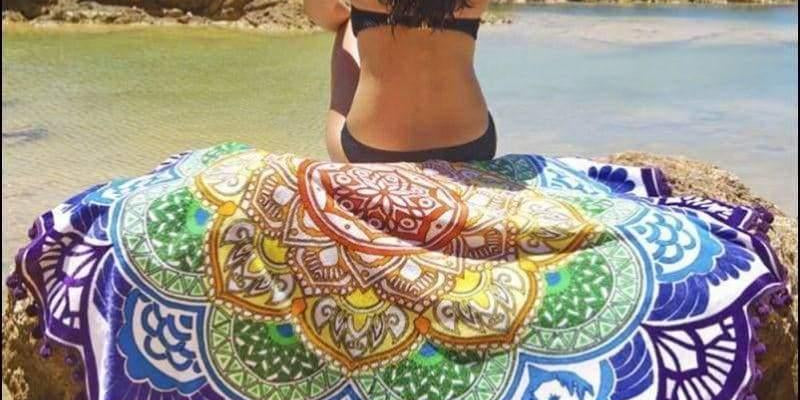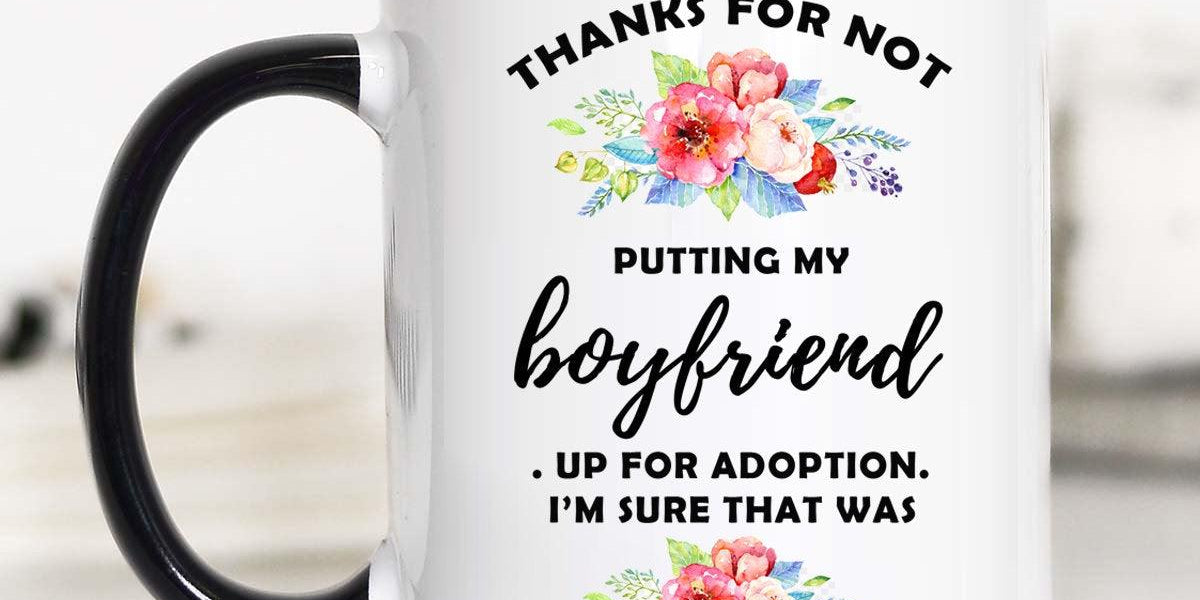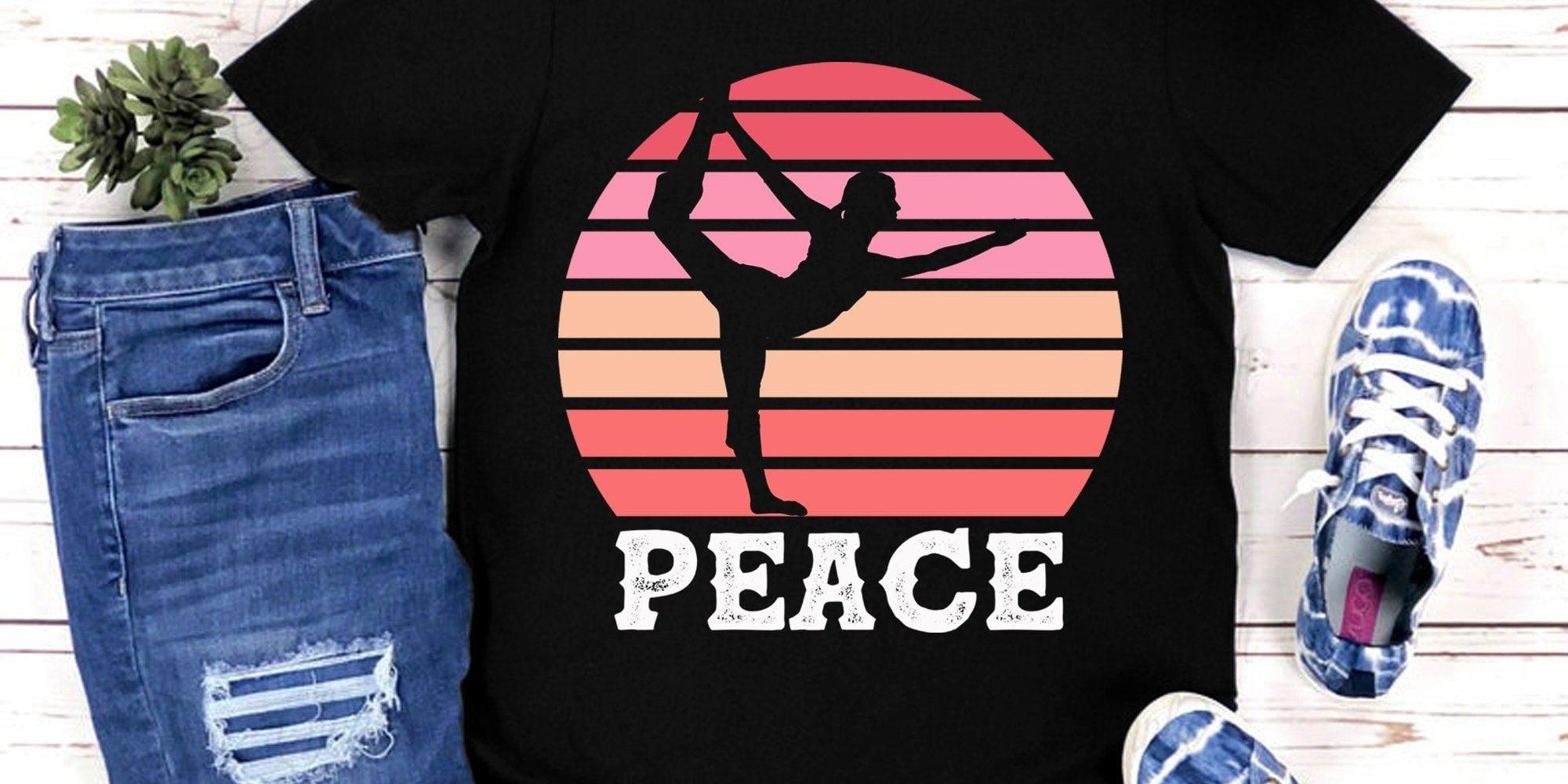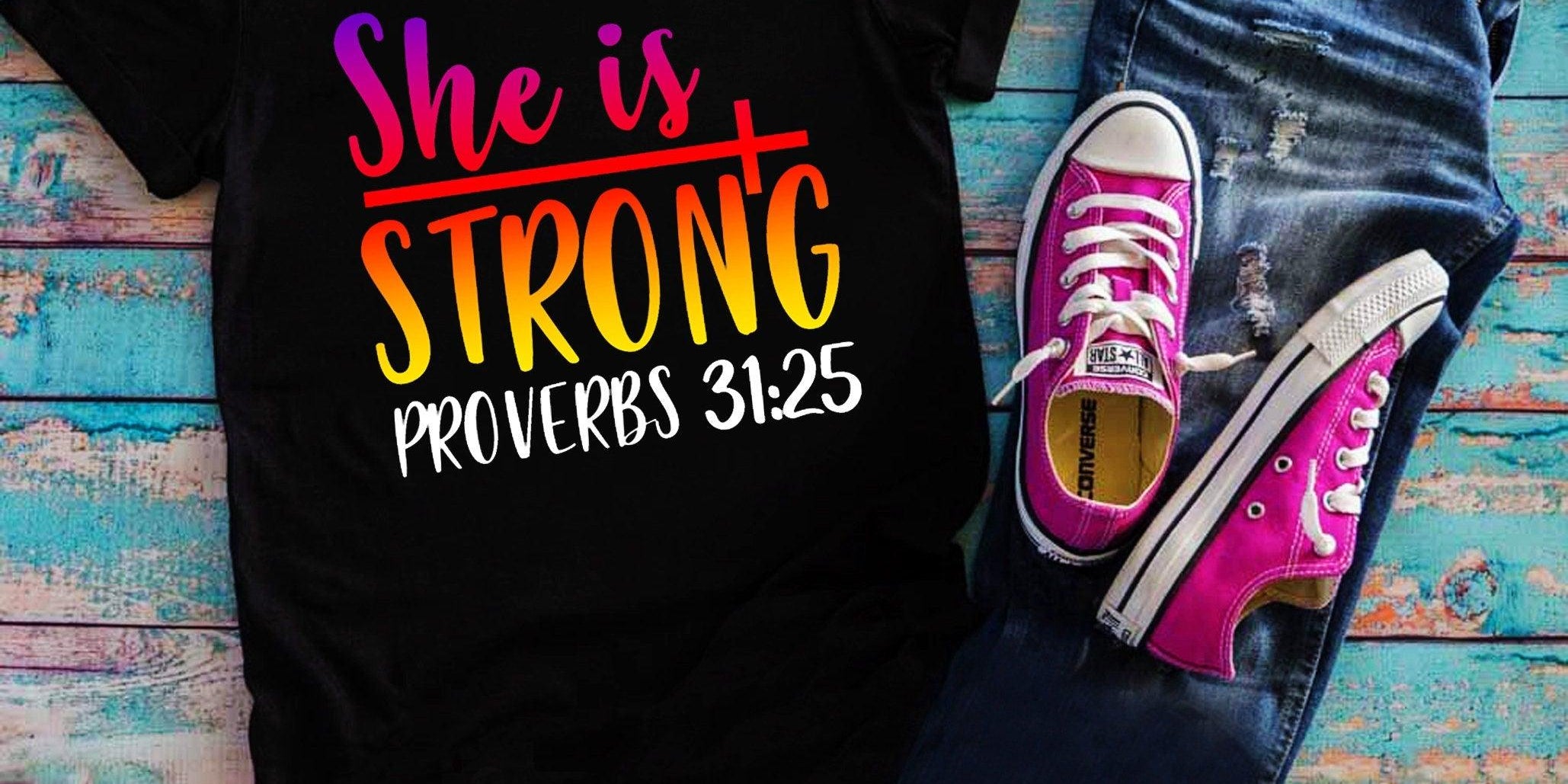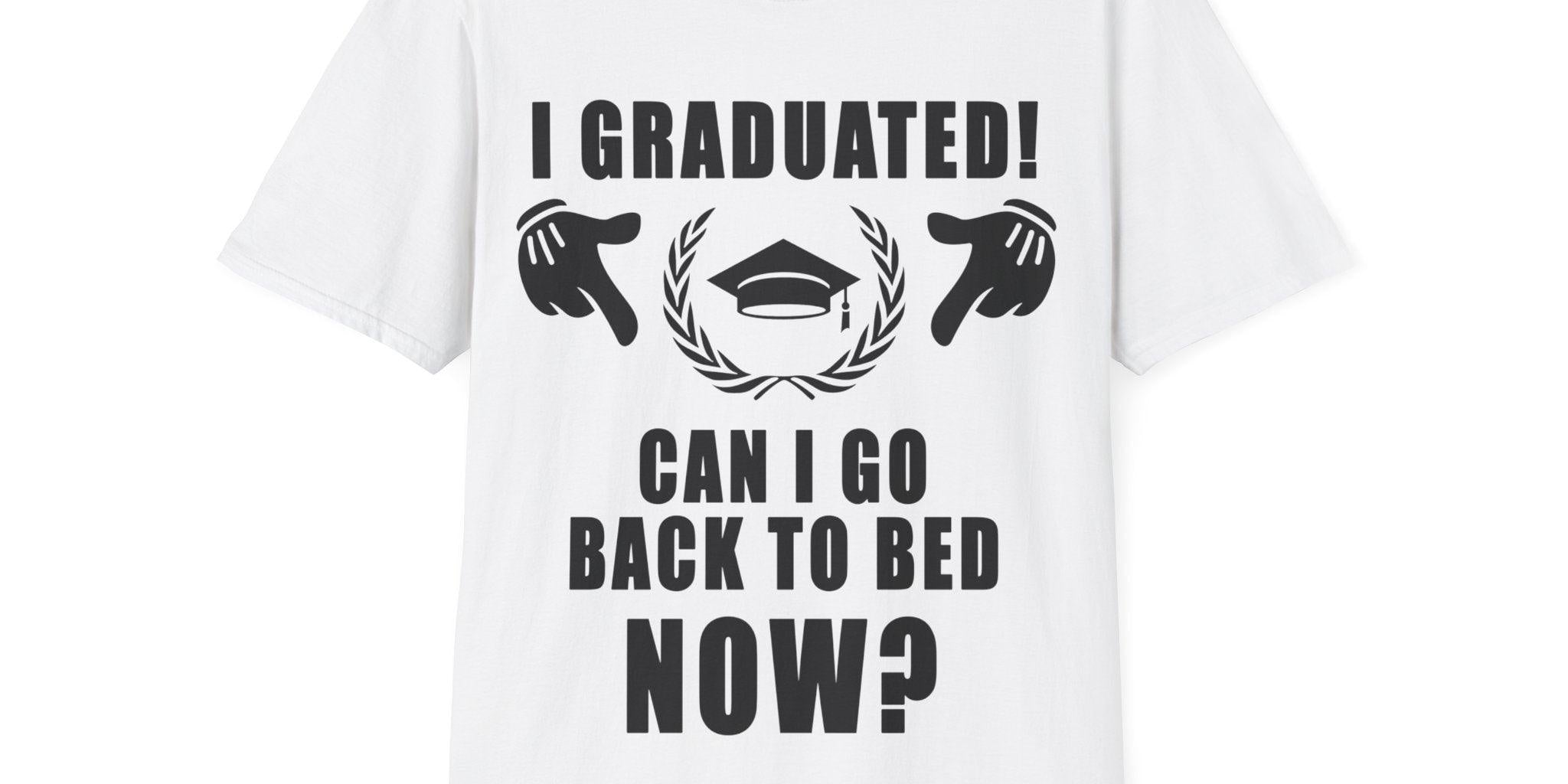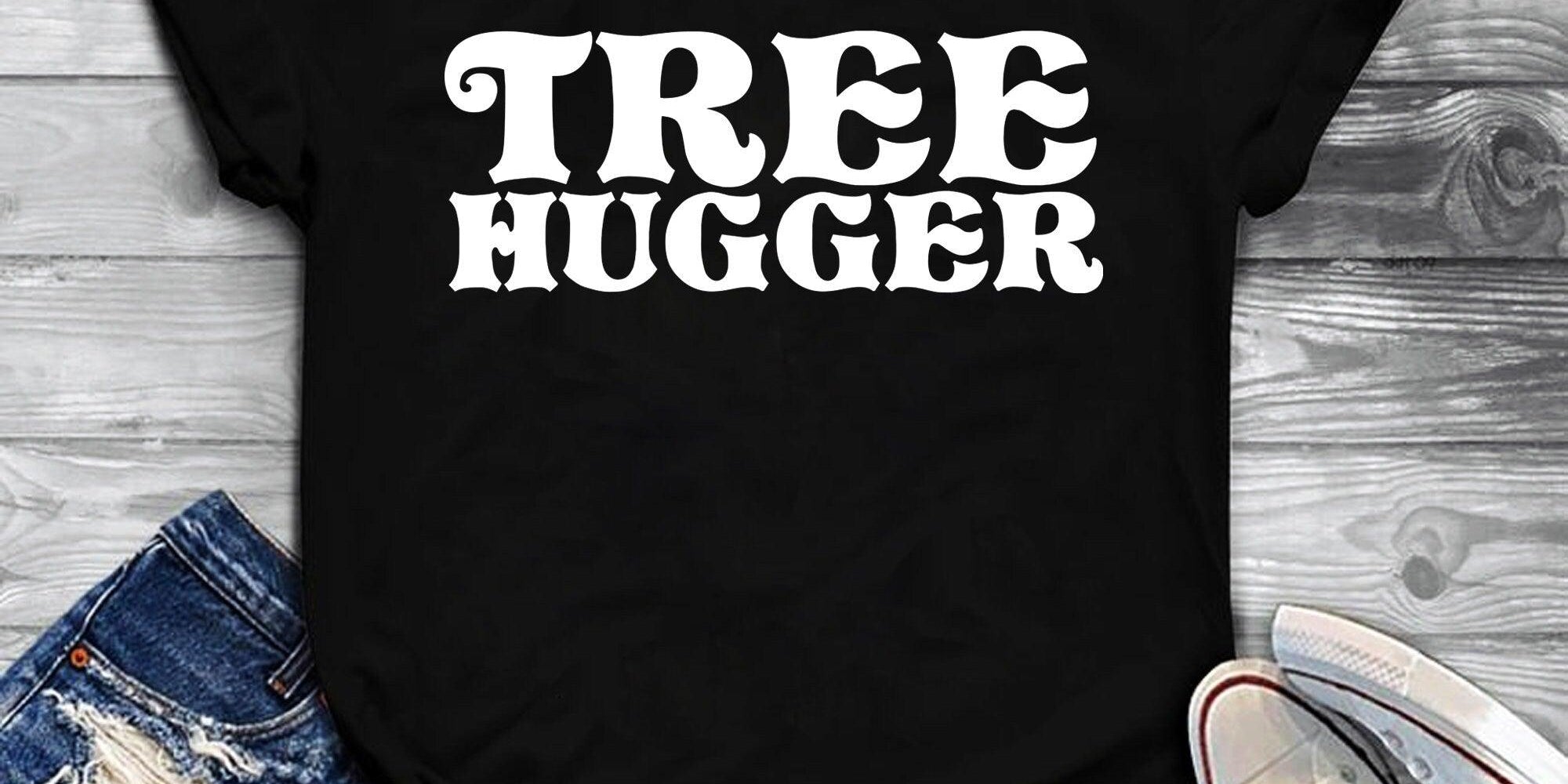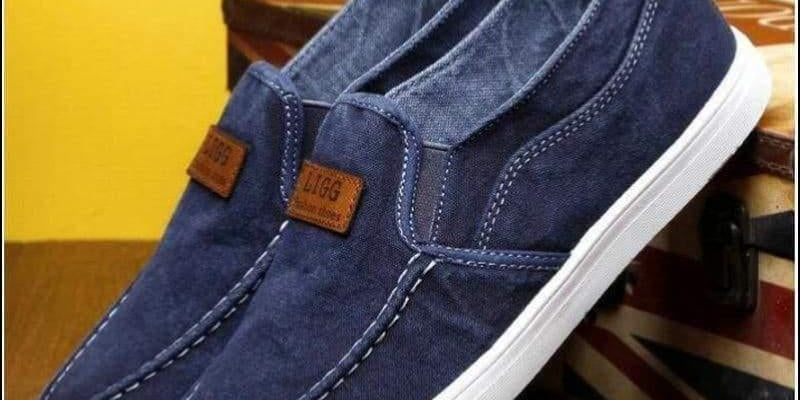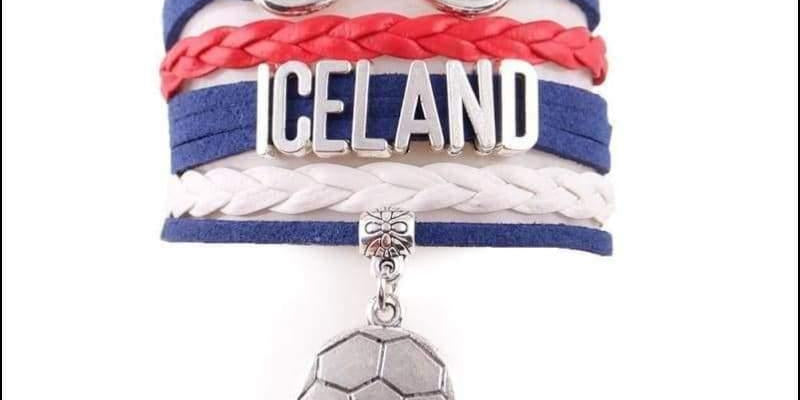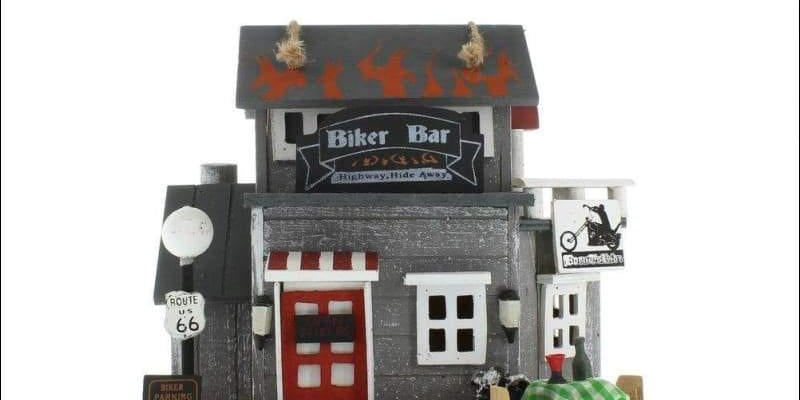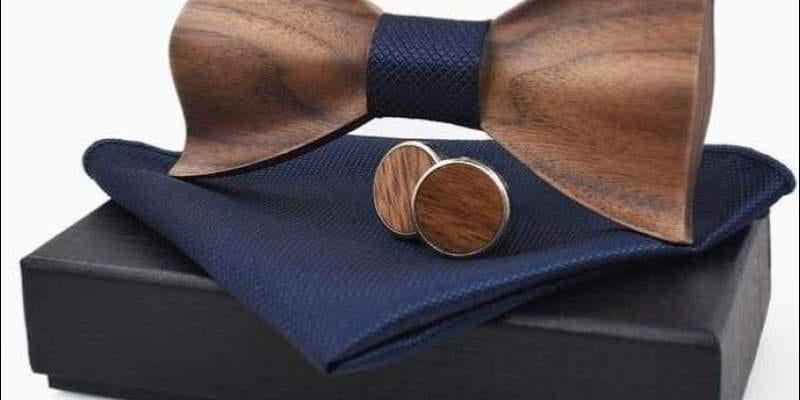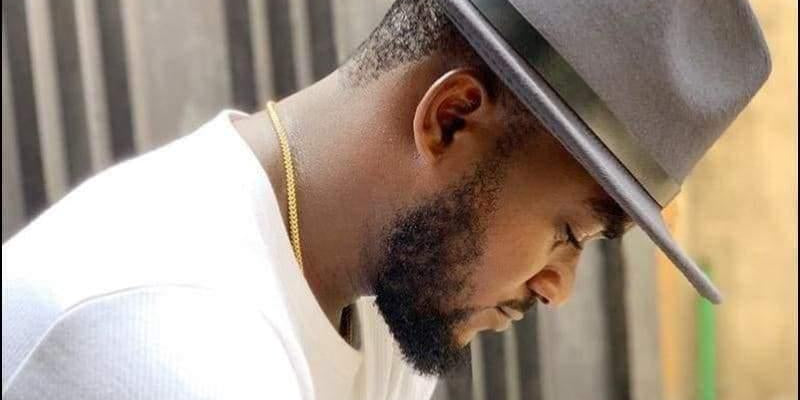Viking Jewelries Inspired from Nordic Mythology

A Memoir of the Past
Vikings were well-known, powerful, and courageous warriors who stood out from the rest of the tribes. Vikings were true warriors, bold and energetic individuals with their own set of rituals and traditions. One of the most important aspects of the Vikings' culture was their jewelry and how they used it.
Their jewelry served to not only “improve” their beauty, but also to demonstrate their family's riches and social position. Nordic jewelry was often of basic forms and patterns. It was linked to a specific weight system, making it simple to calculate the price of silver. To pay for a service or an item, Vikings would sometimes cut their jewelry in half or into unequal halves.
Silver was the most common metal used in jewelry at the time. Other materials (wood, glass, amber gold, animal bones, and so on) were utilized to construct other accessories (the choice of material depends on the wearer and the purpose). Rings, necklaces, pins, and bracelets were the most common Viking insignia. Pendants of many kinds were also highly popular throughout the Viking era. Pagan and Christian amulets were the most common Viking jewelry. The most prominent Viking symbol was Thor's Hammer.
An Everlasting Remnant
Although the Vikings lived ten centuries ago (793–1066), their history continues to fascinate people today. The jewelry of the Vikings is worn by many people as a protective charm. Viking jewelry was utilized to communicate the owner's inner world. Ancient tales, myths, heroes, and many religious ceremonies were depicted in Viking goods.
There are several businesses now that sell replica Viking accessories, clothing, shoes, and other items. Only a handful of them, however, guarantee the quality of their goods. You may discover a broad variety of Viking jewelry displaying abstract and geometric designs, pictures of animals, flora, and mythology in our Viking Style online store.
Viking Jewelries and their Meanings
Thor's Hammer - Mjolnir
The God of Thunder, Thor and his majestic weapon the Hammer. Because of the film adaptations and comic strips depicting his exploits, he is now as well-known as Superman.
Thor, the god of thunder, lightning, and storm in northern mythology, is continually trying to defend humanity from all bad forces by using Mjolnir to summon the forces of thunder, lightning, and storm. At times, Thor's popularity surpassed Odin's, the father of All.
According to legend, Viking warriors carried a Thor hammer pendant to battle in the hopes of summoning Thor to aid them in their fight against Christianization.
Among the Vikings, Mjolnir was a powerful emblem of protection. Even long into the Christian era, many Vikings carried Mjolnir amulets for protection and as a mark of their loyalty to the Norse gods.
Mjolnir, Thor's Hammer, symbolized the god of thunder's protection of Asgard and Midgard, the world of mortals, from the giants' chaotic energies.
The Wolves - Geki and Freki
Wolves are important in Norse mythology, since Odin created the first wolves to accompany him on his journeys. Geki and Freki, the voracious and greedy, were Odin's new canine friends, who progressively filled the earth with their progeny throughout Odin's voyages.
Geki and Freki are supposed to have taught the first humans how to collaborate during hunts and care for their loved ones. Wolves were commonly represented in religious artwork or engraved on daily goods and charms to confront the problems of the day with the force and wisdom of these great creatures.
Valknut
The Valknut is a well-known Viking emblem consisting of three interlocking triangles that may be seen on objects from all throughout the Viking world. Valknut translates to "knot of dead warriors."
Despite the fact that it isn't mentioned in any of the surviving texts, the emblem was most likely associated with Odin and Valhalla.
This was Odin's hall in Asgard, where valiant Viking warriors who perished on the battlefield were taken until Ragnarok, when they would be summoned to fight with the gods in the last battle. As a result, the Valknut symbolized a warrior's fearlessness in facing down their foes without dread of death, knowing that they have lived a happy life. The symbol has taken on the meaning of living without regrets.
Slavic Symbol: Kolovrat

Solar signs have been recognized since the time of the petroglyphs. To understand how important they were to the ancestors, consider how reverently people spoke of the prince Jasnoje Solnushko. He was revered by the entire Slavic race, who looked to him as a compass to guide them through all difficulties.
Sun symbols were once drawn on Slavic clothing, talismans, and household items as a sign of respect for the sun. The Slavs carried the solar symbol. The Kolovrat symbol, along with the fire, the holy gift, the solstice, and other symbols, was a well-known representation of the Sun. They were all worn as amulets because they personified the universe and represented the Sun, its warmth, and light.
Talismans depicted Mary, Zeus, Perun, Svarog, water, fire, the Sun, soil, and Slavic mythological gods and goddesses. Slavic pendants made of Perun or Lunula axes were also considered amulets. The Kolovrat pendant, on the other hand, was the most popular at the time.
Our online store has a diverse selection of one-of-a-kind items to meet all of your requirements! Our jaw-dropping assortment of magnificent jewelry will transport you to the Viking Age. Discover its mystique and awe-inspiring beauty!
0 comments



